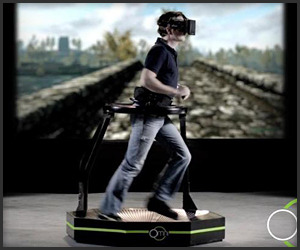The data and numbers Dr. Gekelman is forced to work with are crazy, and requires extremely precise materials and intruments. And with this kind of dedication to the fourth state of matter, he inspired the UCLA Art Science Undergraduate Society to expand on a major characteristic of plasma; entropy. Entropy is the amount of disorder in a system or environment, and following suit the exhibit was titled Nonlinear Perspectives. And the different visions of entropy created a very unique collection of art pieces that had many profound meanings and interpretations.
This piece delved into the disorder of This piece saw a man figure in the center
the mind. The face is calm and but the of a thunder storm. Depicting a human's
mind is in a state of disorder. The piece condition as disordered and unpredictable.
is planned to have a set of faces which The piece was interactive and the viewer
expresses the disorder through facial could move the lightning around leading
features in a time-lapsed order. to an endless amount of disorder possibilities.


This piece was a gif of a math function This piece was a set of three that
that gave a multidimensional structure portrayed the disorder of a life from
as its solution. The function was a chaotic infancy to adolescence, and into late
system, so it is highly variable based on adulthood. Each painting gets more
the initial conditions and can only be disordered with its relevant depiction of
predicted in the short term. an age group, and forms a cyclic piece to allude to the circle of life.
Sources
"ALL ABOUT ENTROPY, THE LAWS OF THERMODYNAMICS, AND ORDER FROM DISORDER." ENTROPYLAW.COM. Archives of Science, 2001. Web. 30 May 2016.
Humboldt State University. "Atmospheric Absorption & Transmission." GSP 216 Introduction to Remotes Sensing. Humboldt State Geospatial Online, 2015. Web. 24 May 2016.
HyperPhysics. "Nuclear Fusion." Nuclear Fusion. HyperPhysics. Web. 24 May 2016.
Nonlinear Perspective. Dir. UCLA Art Science Undergraduate Society. UCLA, Westwood. 19 May 2016. Performance.

























